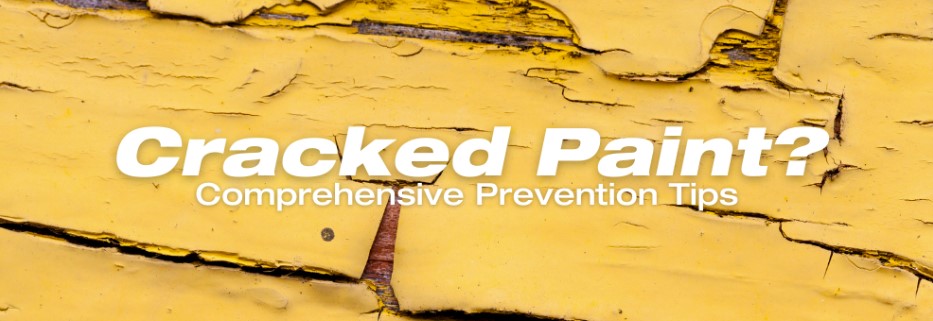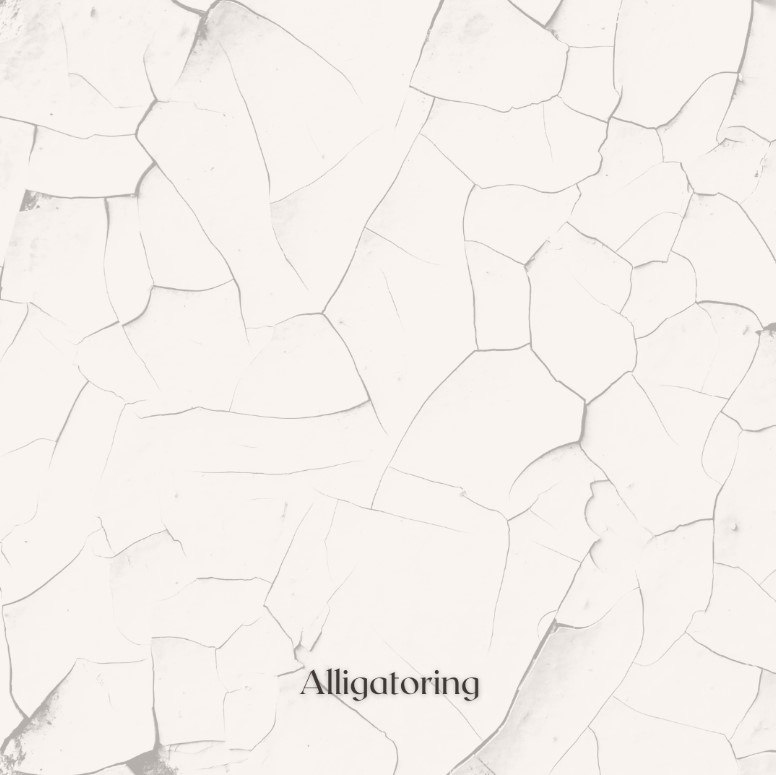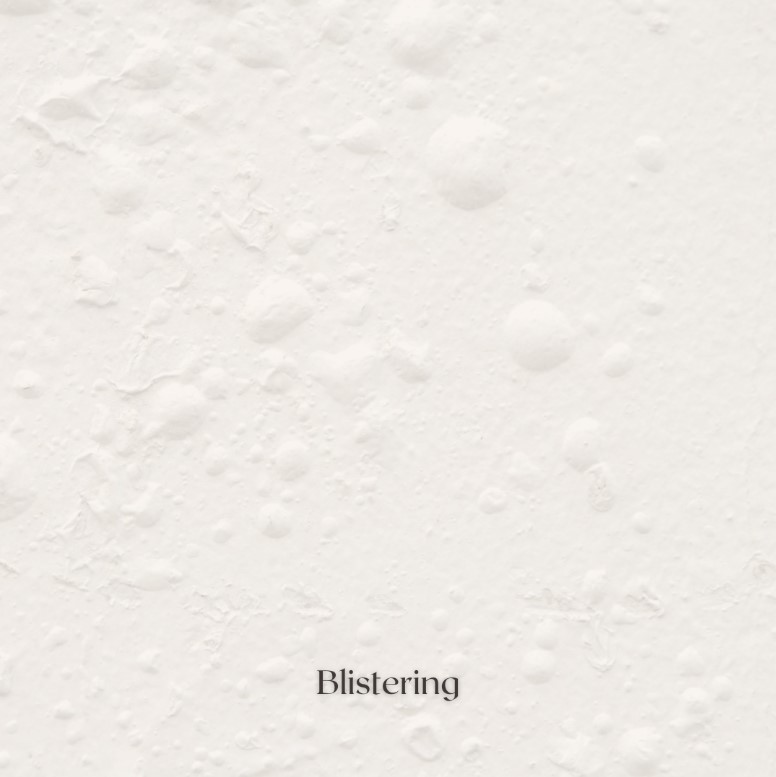
Cracking Paint? Prevent with These Comprehensive Tips
Posted on May 13, 2022
Ah spring, a time of renewal and new beginnings. Fresh air, warm breezes, and the smell of … mildew? For many homeowners, this is a seasonal reminder that their exterior paint is cracked or peeling. As the weather warms up, you might find yourself staring at your cracked and peeling paint with a bucket of trisodium phosphate by your side. Don’t get overwhelmed with the details of painting your house, when you can have this easy-to-follow guide to answer all your questions and help you save money!
There are multiple reasons why paint might start to crack or peel, but the most common are problems with the surface that the paint is applied to, and environmental factors such as weather. If your home has never been painted or if it has not been painted recently, the paint may start to peel because the old paint is not adhering properly to the surface. Old paint left on your house will begin to crack, chip, and peel as it starts to age. If you have old paint on your exterior walls, this could be the problem.
The weather can also be a major factor in paint problems. Extreme changes in temperature, humidity, and exposure to the sun and wind can cause paint to start peeling. If your home is exposed to these conditions, you may need to take steps to protect your paint from the weather.
There are two types of peeling:
1. Alligatoring: This looks like small patches of alligator skin. It can appear on both latex paints and paints made with oil (alkyd) resin.

2. Blistering: In this case, bubbles or blisters will form in both latex paints and paints made with alkyd resin.

Water is the worst nightmare of your home exterior paint. A crack in the “armor” of the paint allows water to enter the barrier. As water enters, the wood surface swells, causing the inflexible paint to crack, which means that even more water will come through the cracks over time escalating the issue. Other factors include proximity to the ground, improperly prepped wood, and high heat. Sun-facing shutters and front doors in dark colors take the hardest damage with high heat.
Often people will try to fix cracks by painting over the damaged layers. This is a mistake that can lead to more problems down the road. The new paint makes an even more inflexible surface. Plus, if you paint a latex-based paint over oil-based paint, the new layer won’t be able to bond to the smoother oil-based paint.
Remove any loose paint with a wire brush or scrape the loose paint off. Whatever you’re left with after scraping away the loose paint (and yes, scrape away everything that will come off—you want a perfectly firm surface), make sure to sand away anything that remains. Sand until you reach firm paint. If you want a perfectly smooth surface, keep sanding until you’ve removed everything that won’t scrape off. Make sure to wipe away the dust before moving on to the next step. Prepped wood should be dry, clean, and dull.
For most problem areas with peeling paint, we recommend using Peel Bond or Peel Stop primer, which will glue down any edges that are peeling and prevent future peeling or cracking. Even if it’s not peeling, this is still a good idea because it guarantees a better bond between your older coats of paint and your newer coats. Fill all cracks, holes, and knots with a high-quality exterior wood filler that matches the color of the wood. Let the filler dry completely.
After that dries, apply two coats of high-quality exterior paint in your chosen color! The second coat will better adapt to expansion and contraction as temperature changes throughout the day. The primer should always be used before painting exterior surfaces. It seals the surface, covering any repairs you may have made and helping the paint to stick better.
If all of that seems like too much of a hassle to tackle yourself, feel free to reach out to CertaPro. Our promise is one of certainty. When you work with us, you can rest easy knowing that we’re completing every step correctly the first time in order to ensure the highest quality professional paint job possible. And the best part? We call after the paint is dry to make sure that you’re happy with it after our sign-off.






